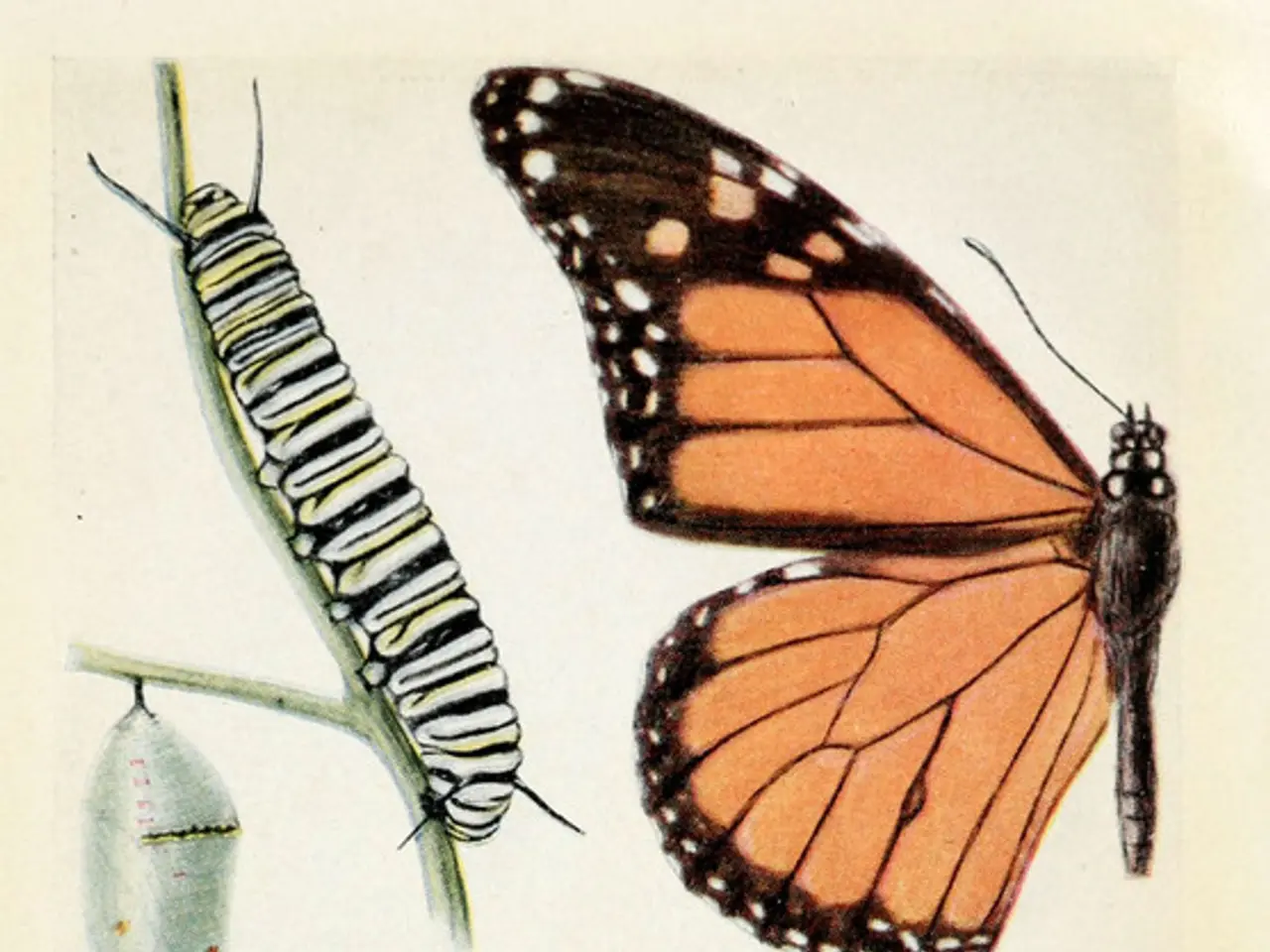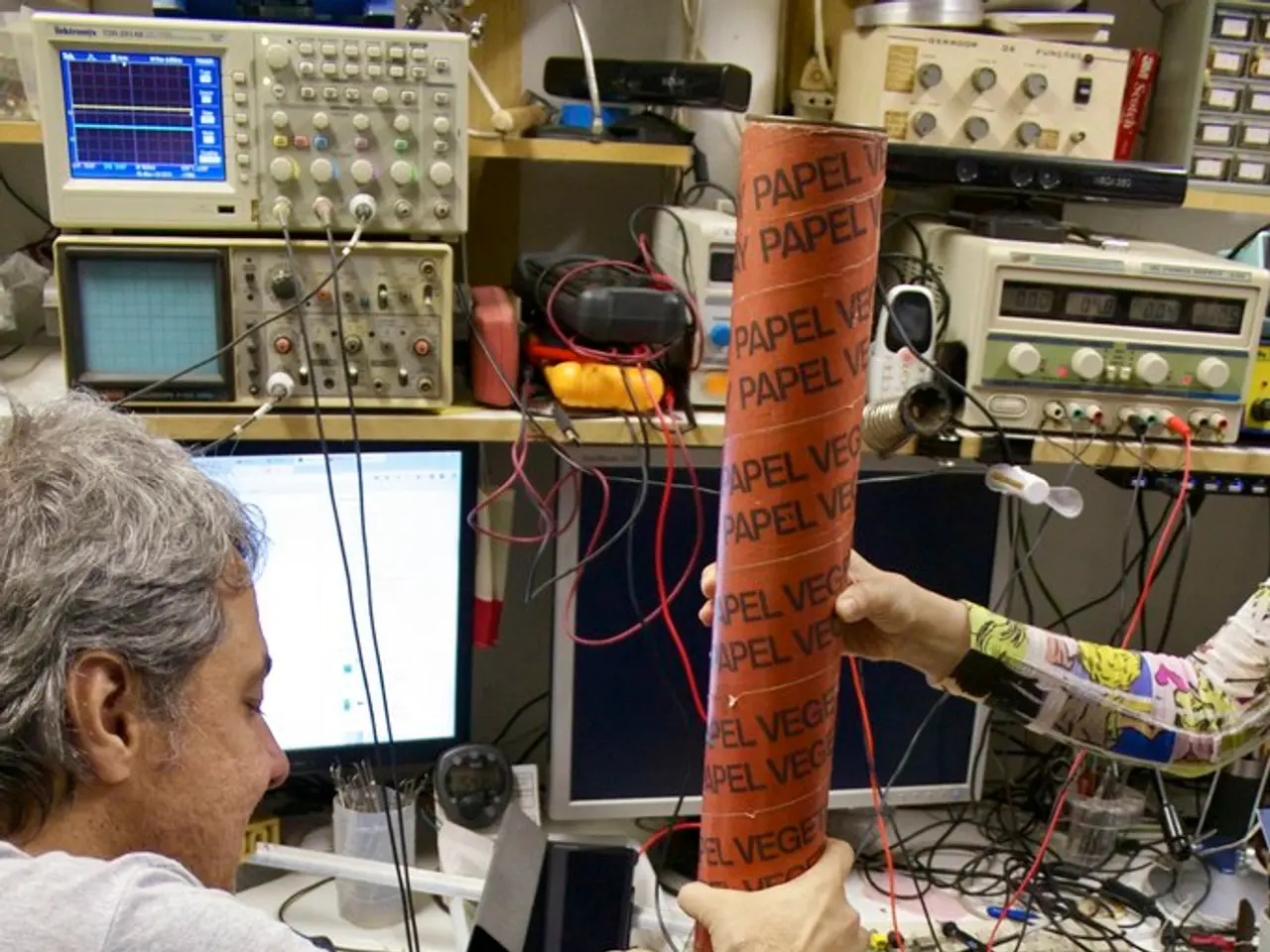Ancient Butchering Techniques for Birds: Researchers Experiment with Neanderthal Eating Habits
In a groundbreaking discovery, recent archaeological projects and field investigations, notably at the Neumark-Nord 2 site in central Germany, have significantly altered our understanding of Neanderthal culinary abilities and dietary sophistication.
Archaeologists unearthed tens of thousands of bone fragments from large mammals, such as deer, horses, and aurochs, at the site. Remarkably, these bones, particularly those rich in fat, were systematically crushed and heated, suggesting an early 125,000-year-old practice of rendering bone grease for nutritional purposes. The proximity of these activities to water sources and charcoal hints at a possible boiling process, further emphasizing the Neanderthals' strategic approach to maximizing calorie intake from animal carcasses.
This discovery sheds light on Neanderthals' advanced planning, organisation, and technological know-how, as the selective processing of fat-rich bones, the use of fire, and the potential use of perishable containers suggest a level of food procurement and preparation strategies previously thought to have arisen much later in human prehistory.
A study led by Dr. Mariana Nabais at the Catalan Institute of Human Paleoecology and Social Evolution offers further insights into Neanderthal dietary habits. The research suggests that Neanderthals may have consumed smaller prey, such as birds, and possibly selected species not just for food but for feathers or symbolic use.
An intriguing experiment conducted by Dr. Nabais and her team involved butchering and roasting five birds using flint flakes and open flames, mimicking the species found in Neanderthal dig sites. The process required significant precision and effort, leaving specific and consistent cut marks around the joints, which match those observed on Neanderthal-era bird bones.
Cooking the birds over hot coals made the meat easy to process, eliminating the need for tools. However, this method resulted in fragile, burned, and sometimes unrecognizable bones, which could explain the absence of bird remains in Neanderthal sites.
The study serves to humanize the Neanderthals, shifting the perception of them from primitive and limited to thoughtful and strategic. It challenges traditional assumptions that Neanderthals lacked the cognitive or technological sophistication for complex food processing, instead pointing to a level of adaptability, inventiveness, and survival strategy that places Neanderthals on par with later human groups in terms of culinary capabilities.
Dr. Nabais emphasises the need for larger-scale experiments, more diverse bird species, and varied experimental conditions to expand upon the results. The recreation of Neanderthal cooking techniques not only bridges the gap between modern and prehistoric times but also offers a fascinating glimpse into the lives of our prehistoric ancestors.
- The discovery of Neanderthal culinary abilities extends beyond large mammals, as a study led by Dr. Mariana Nabais suggests they may have also consumed smaller prey such as birds.
- This research indicates that Neanderthals might have practiced a form of early 'health-and-wellness' and 'lifestyle' by exploring the potential use of bird feathers or symbolic items.
- The 'science' of Neanderthal cooking techniques, as demonstrated by the experiment conducted by Dr. Nabais and her team, reveals their adaptability, inventiveness, and strategic approach in food preparation, challenging traditional views about their cognitive and technological abilities.




